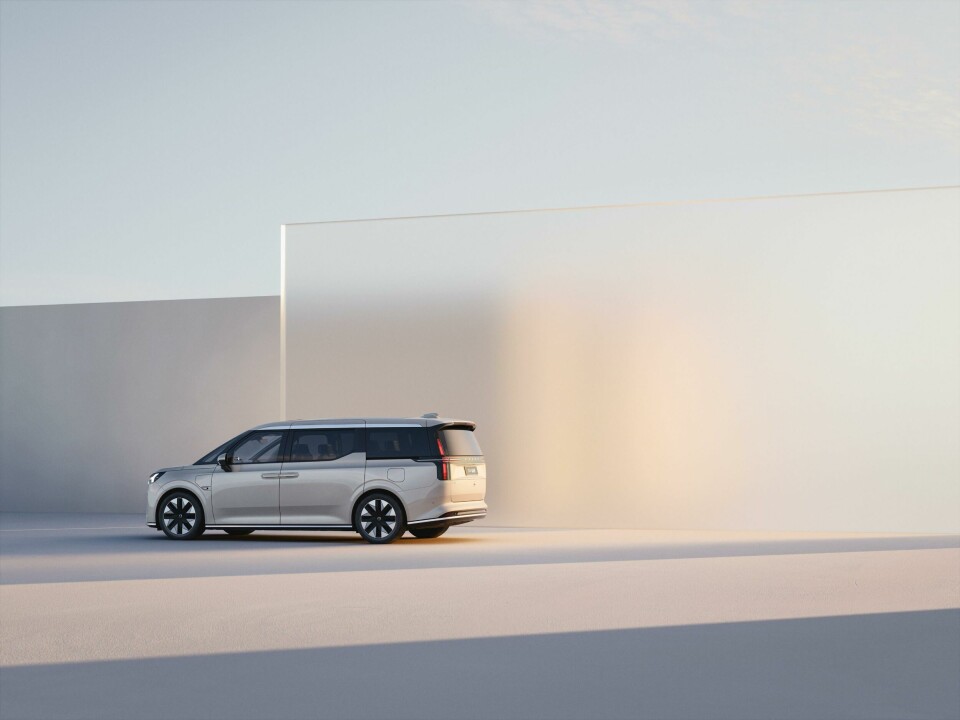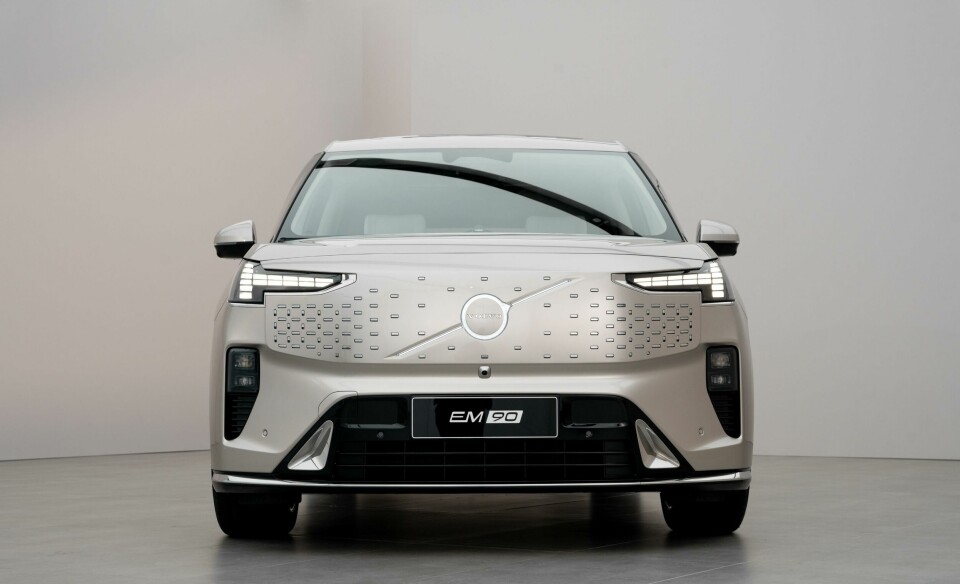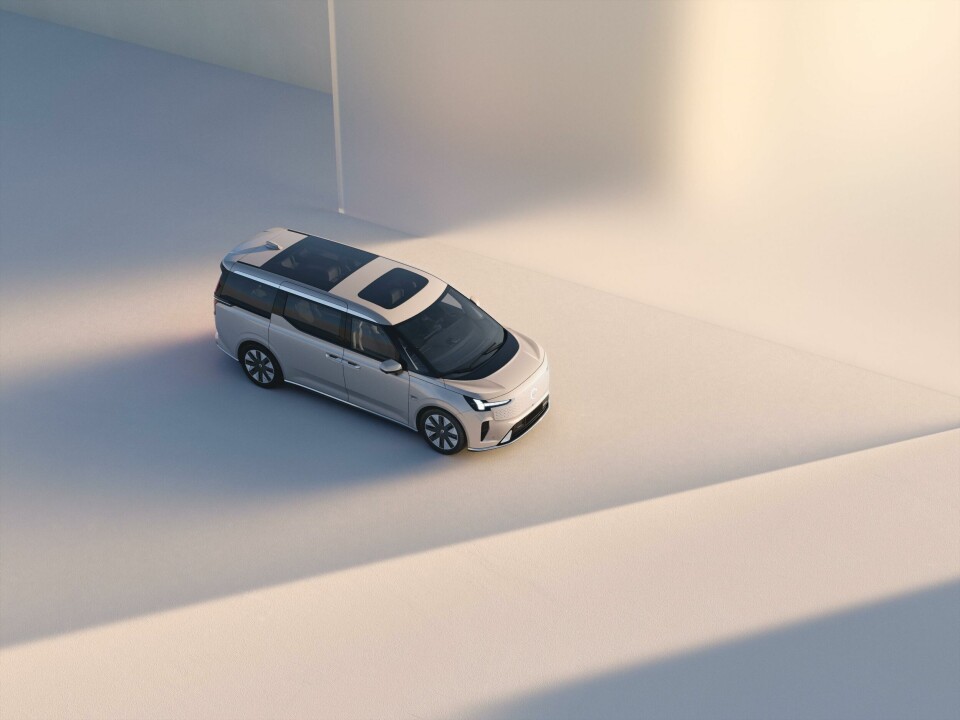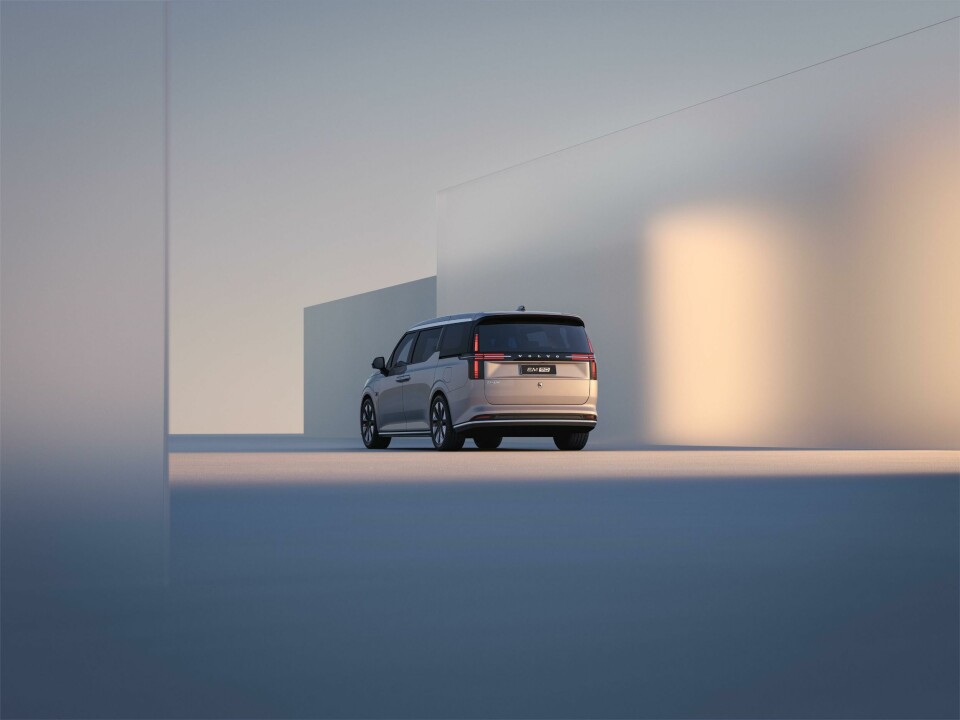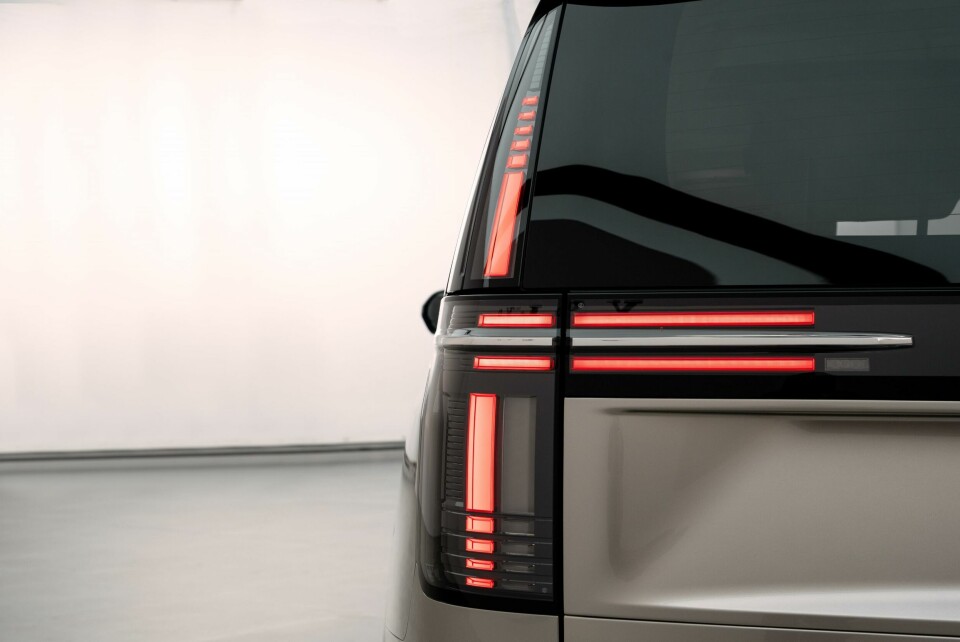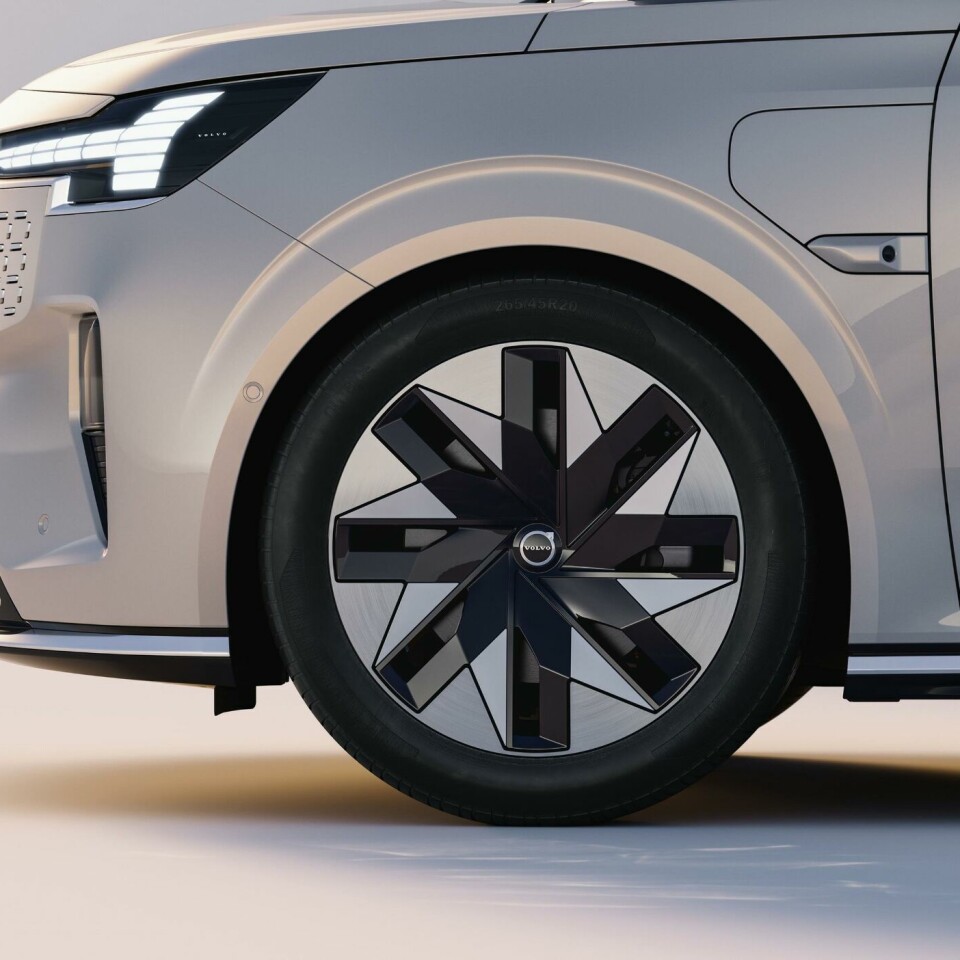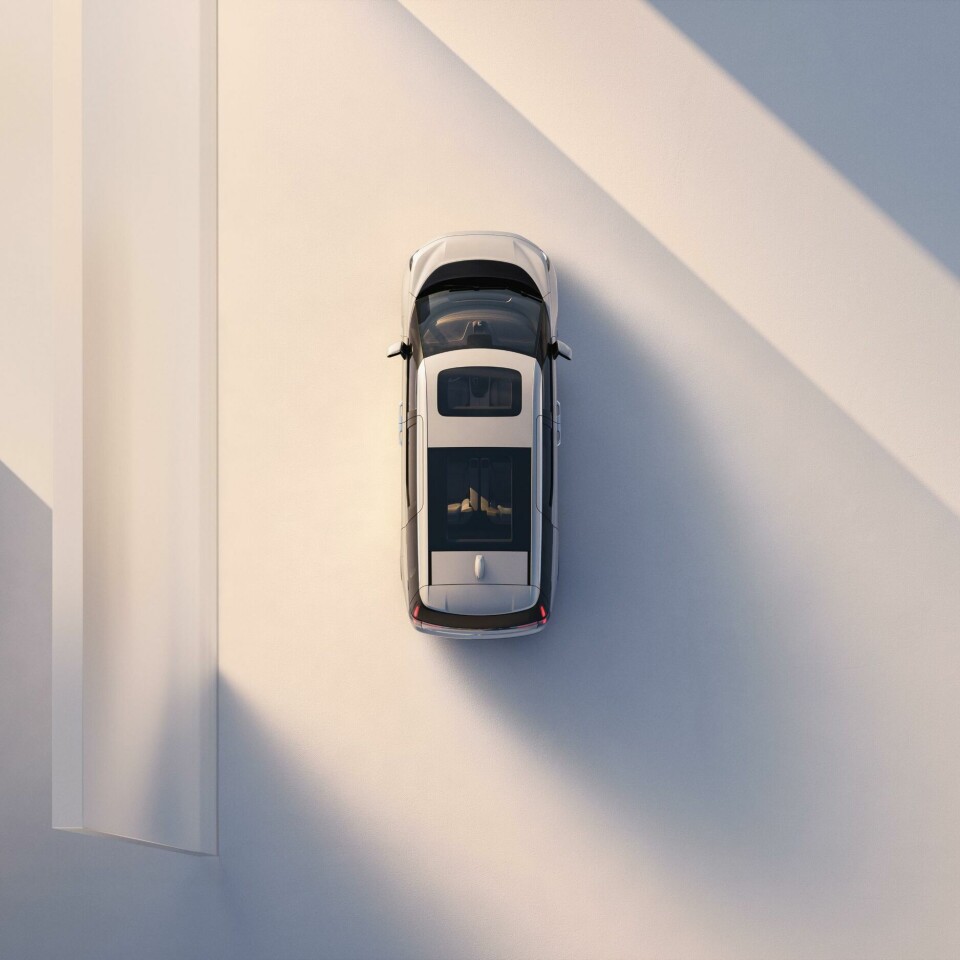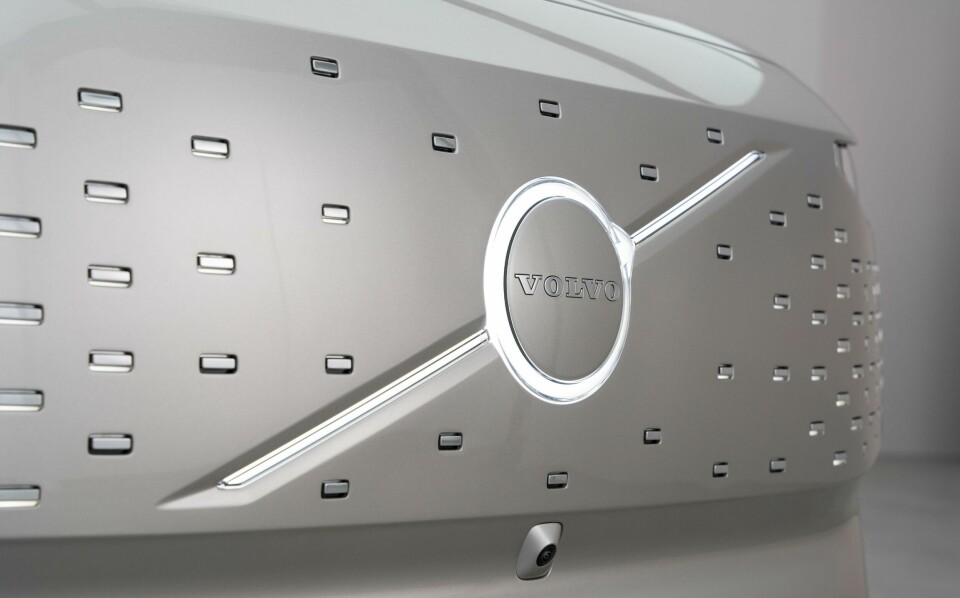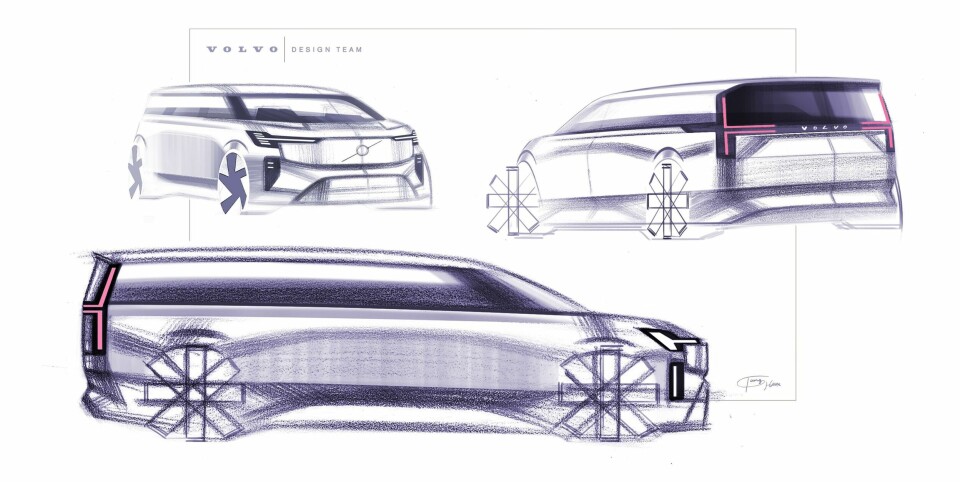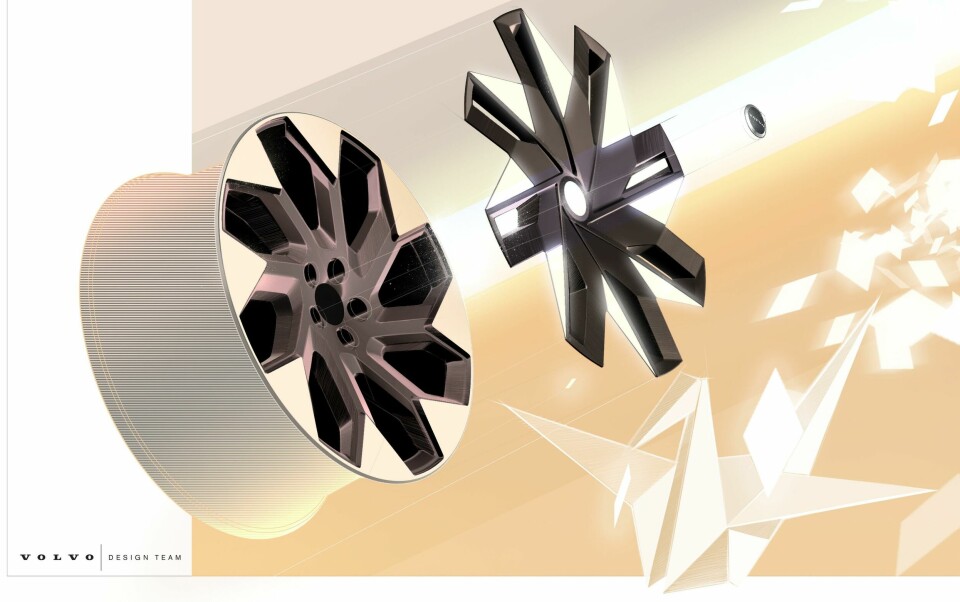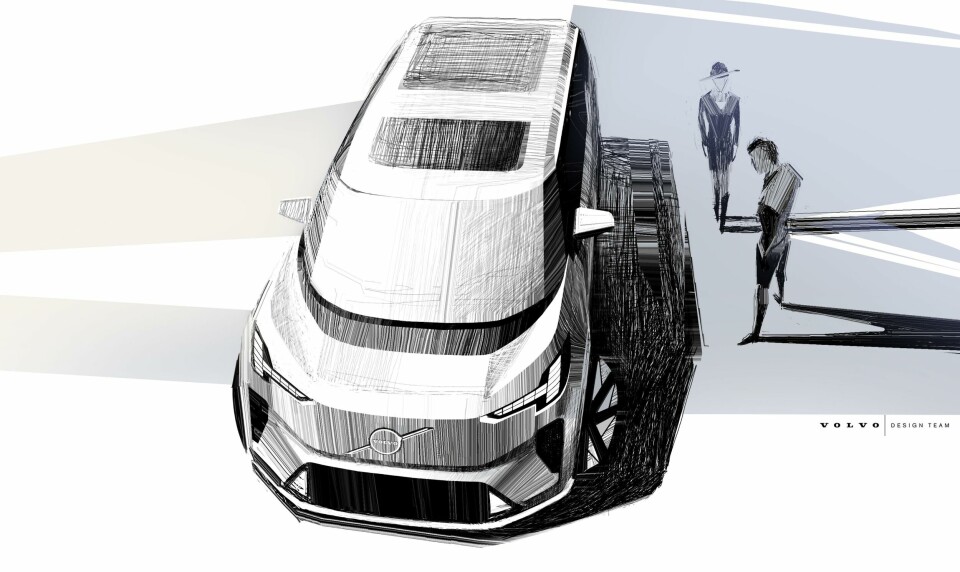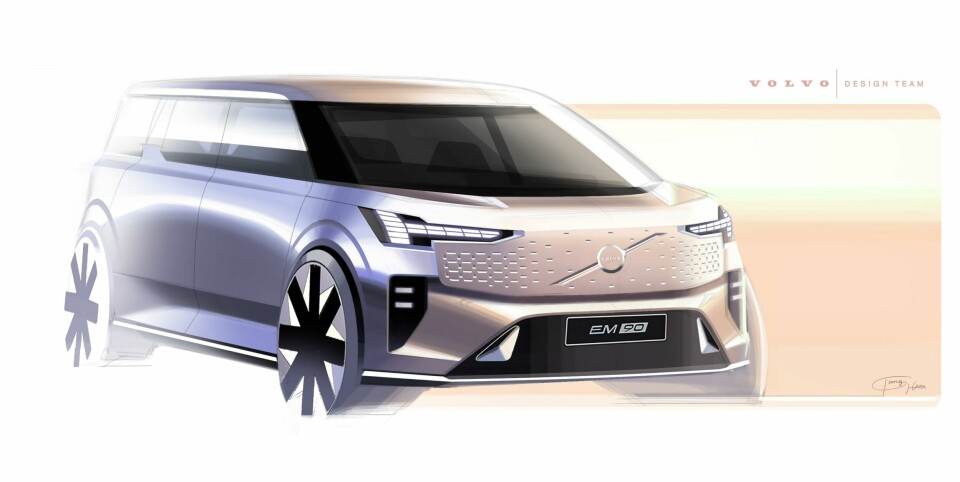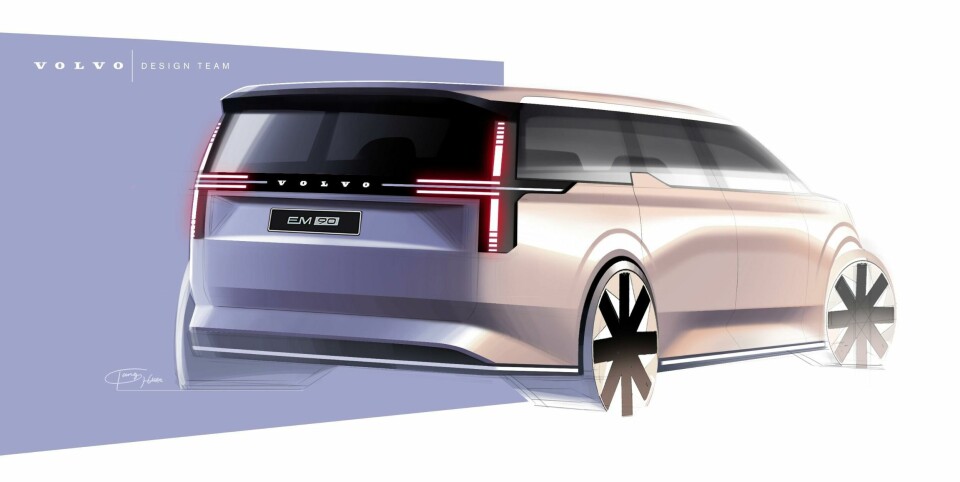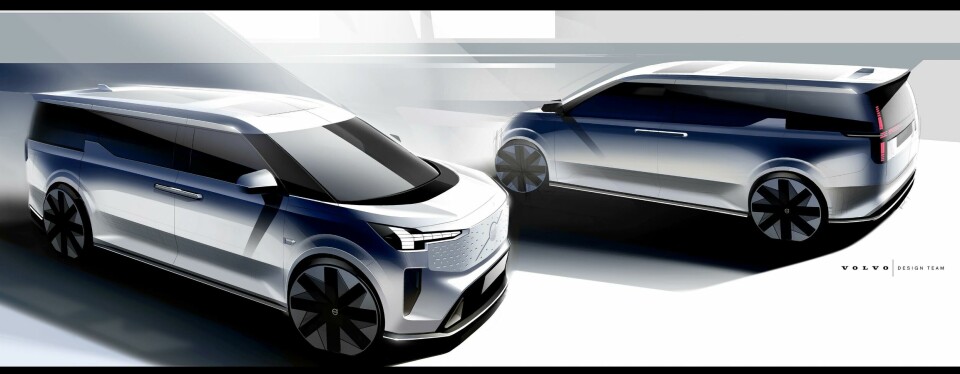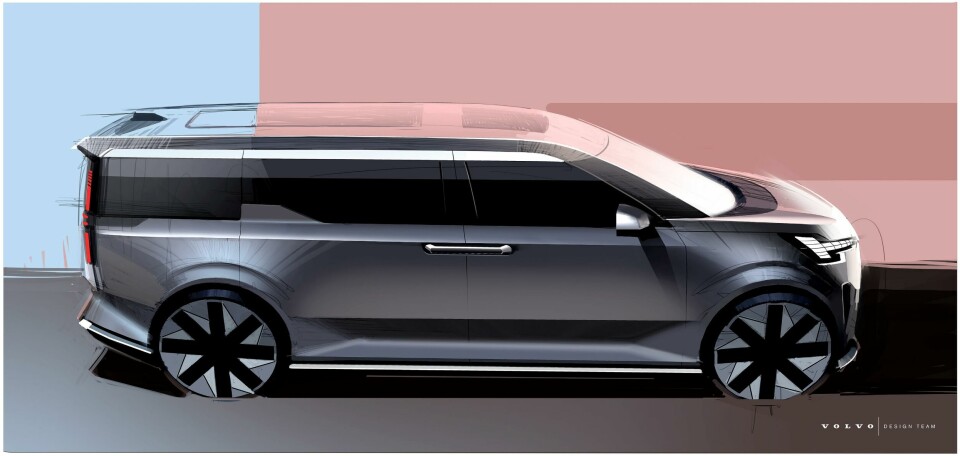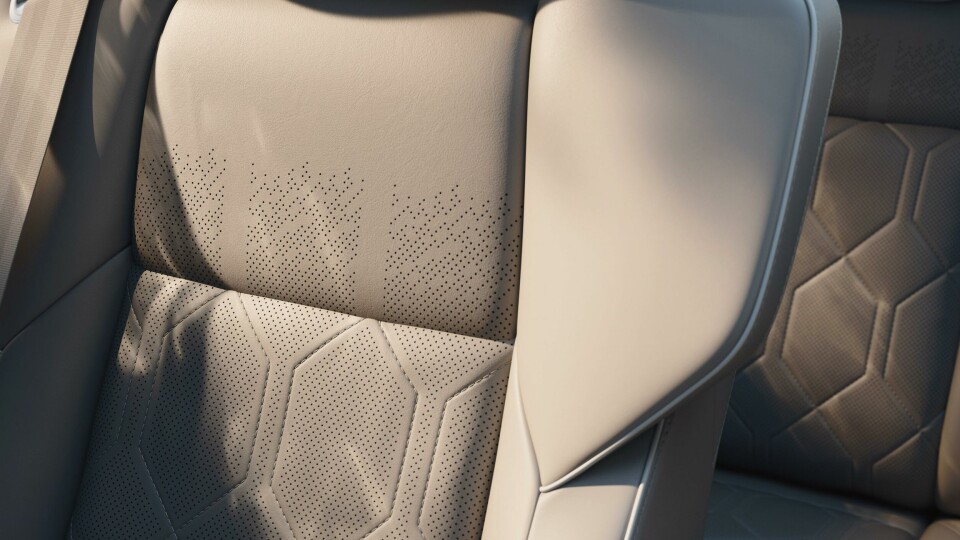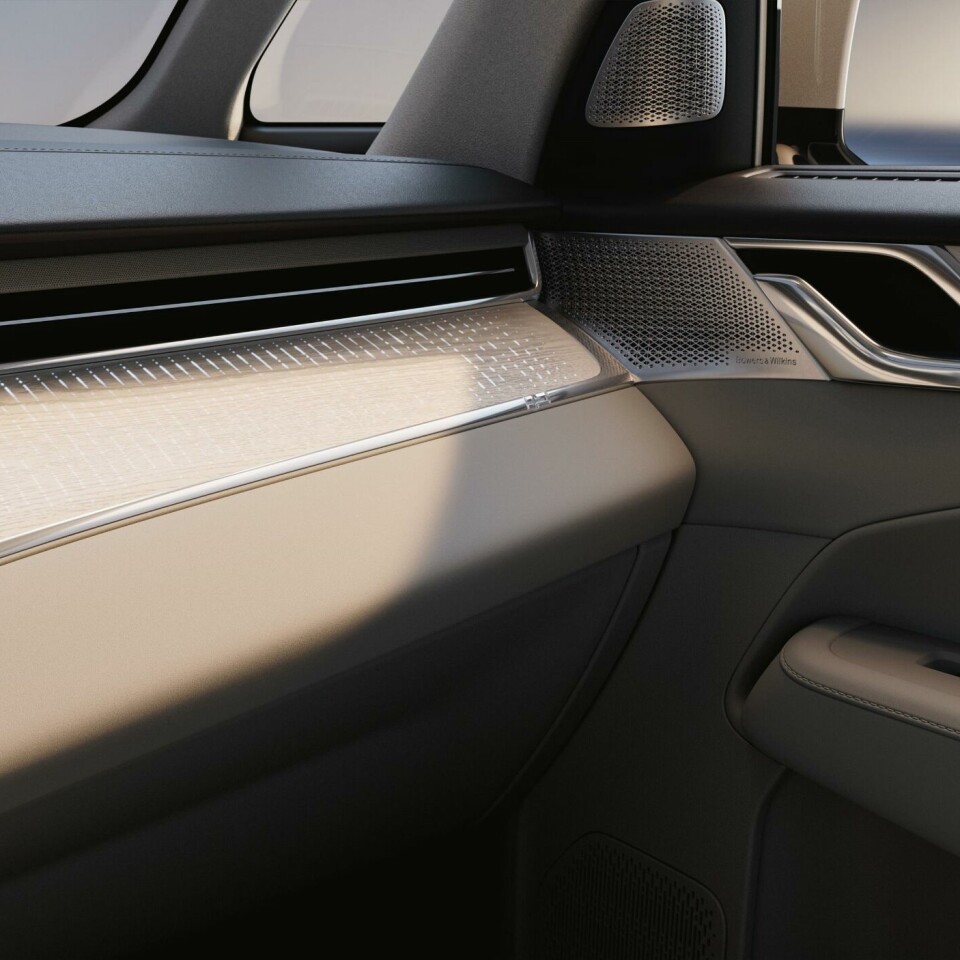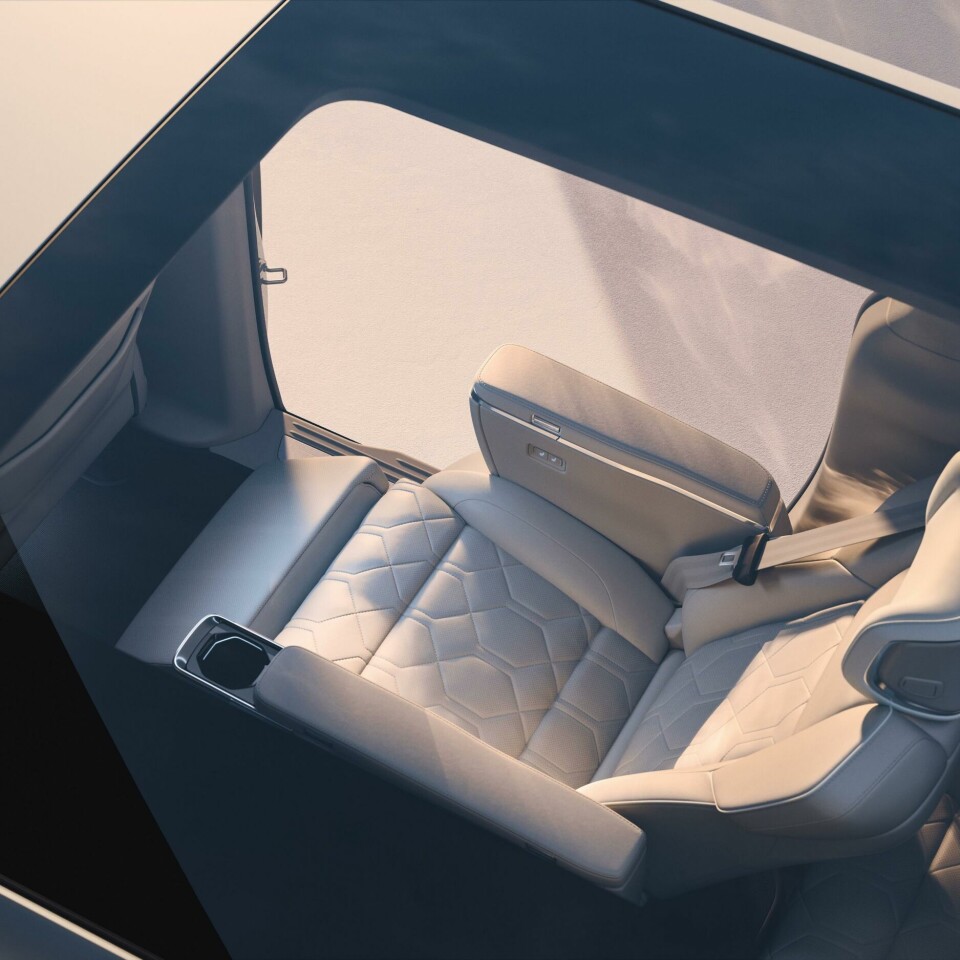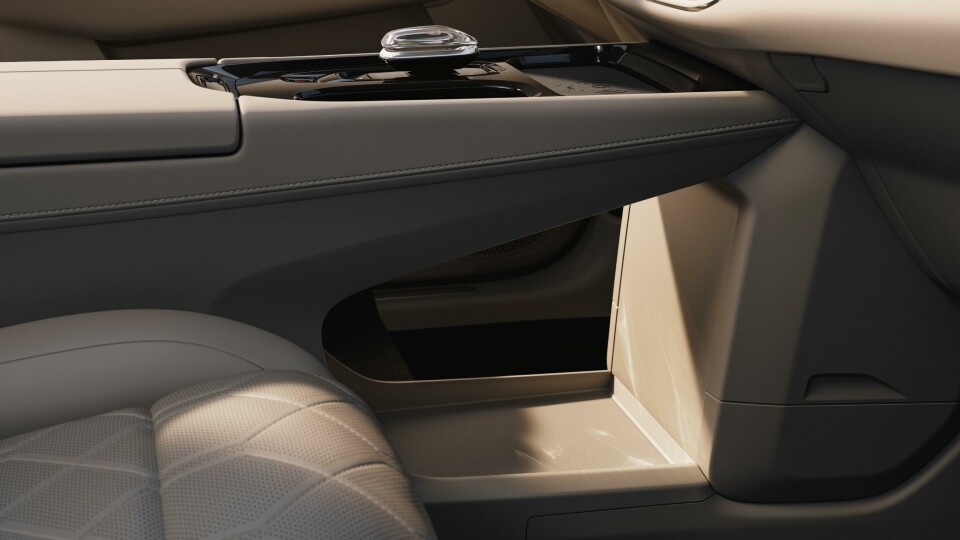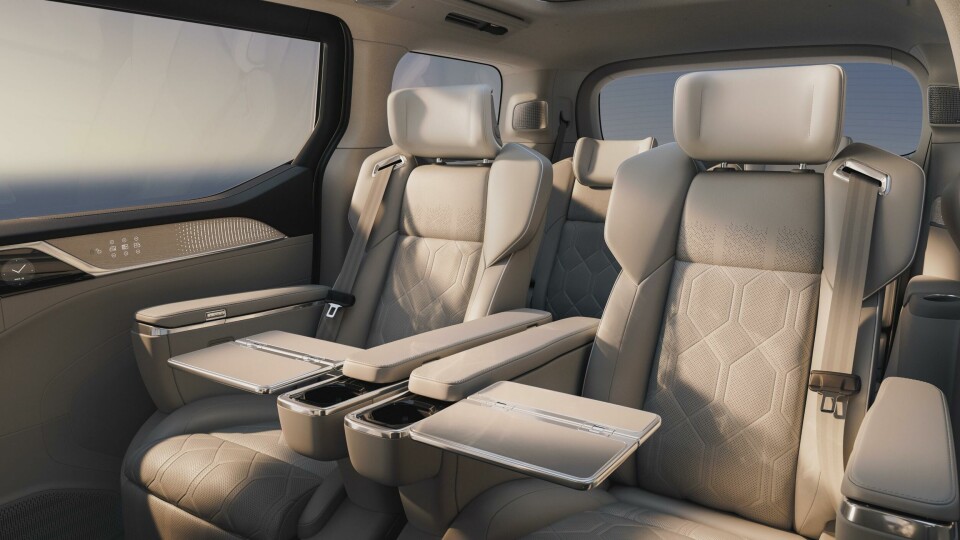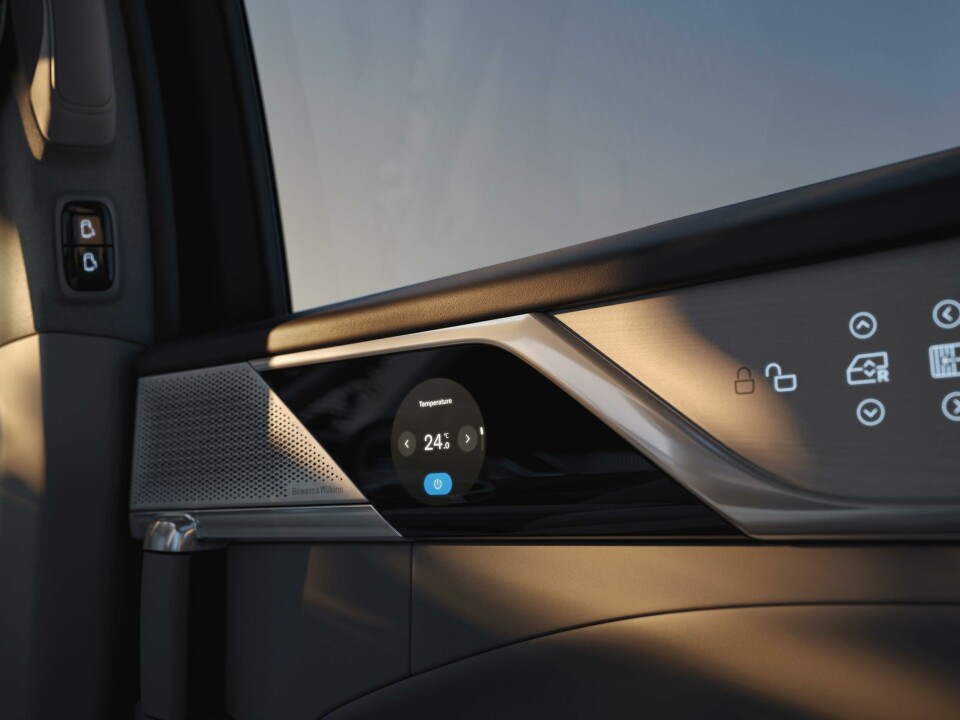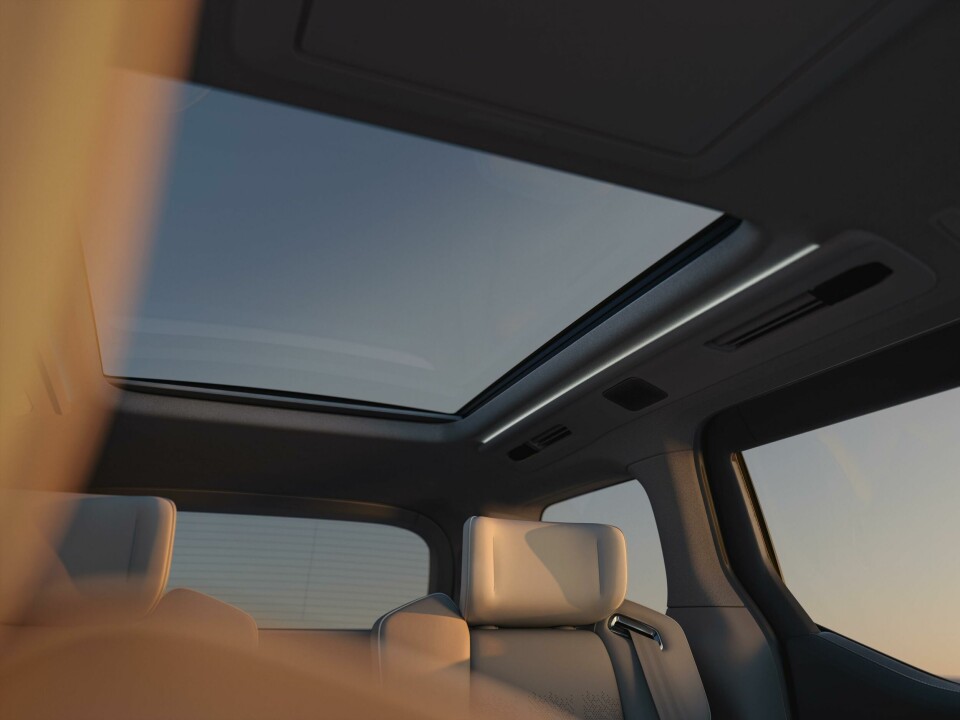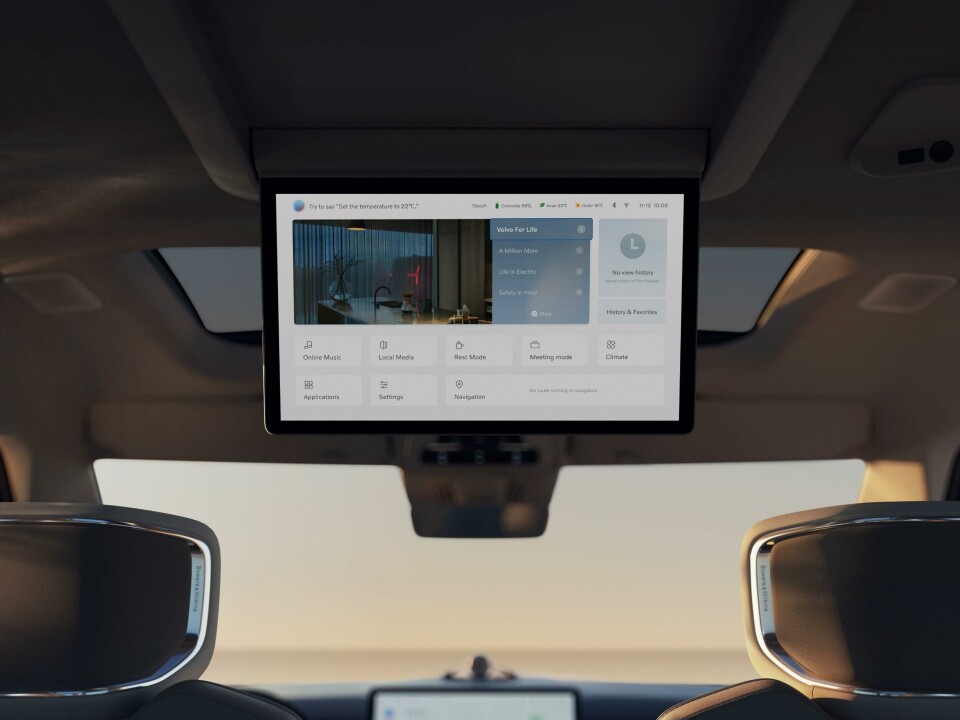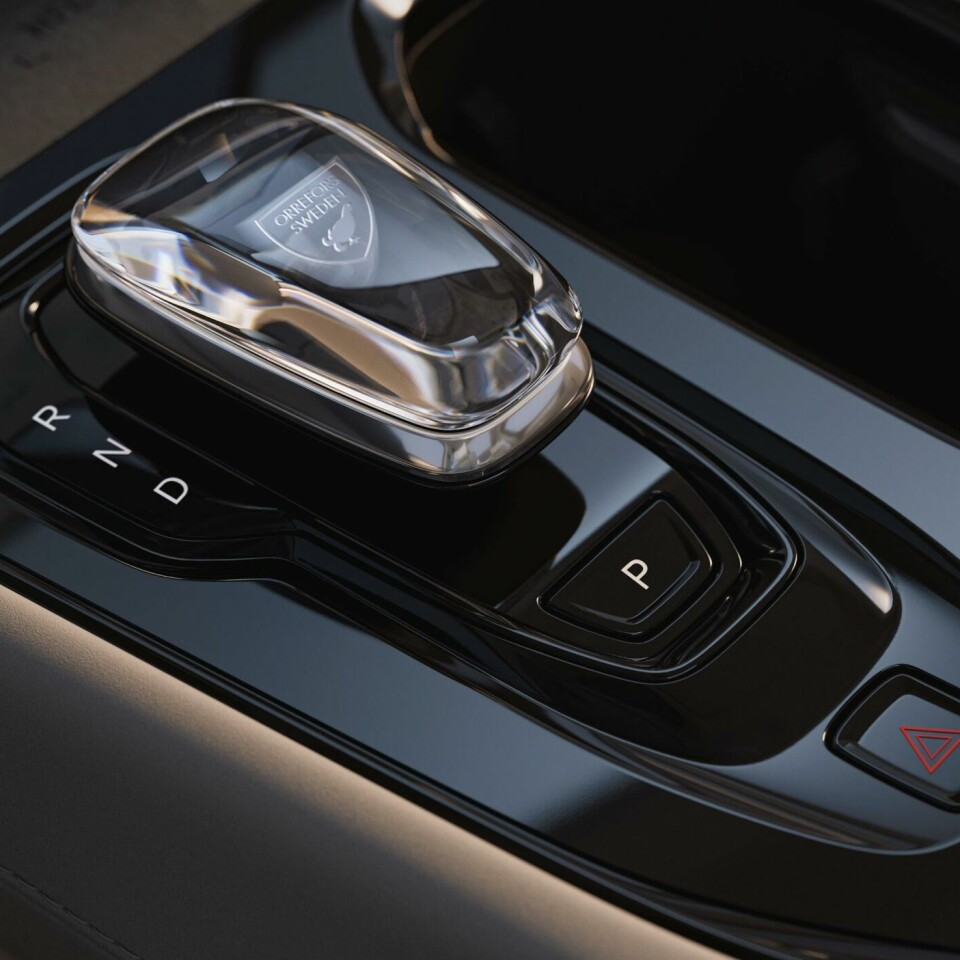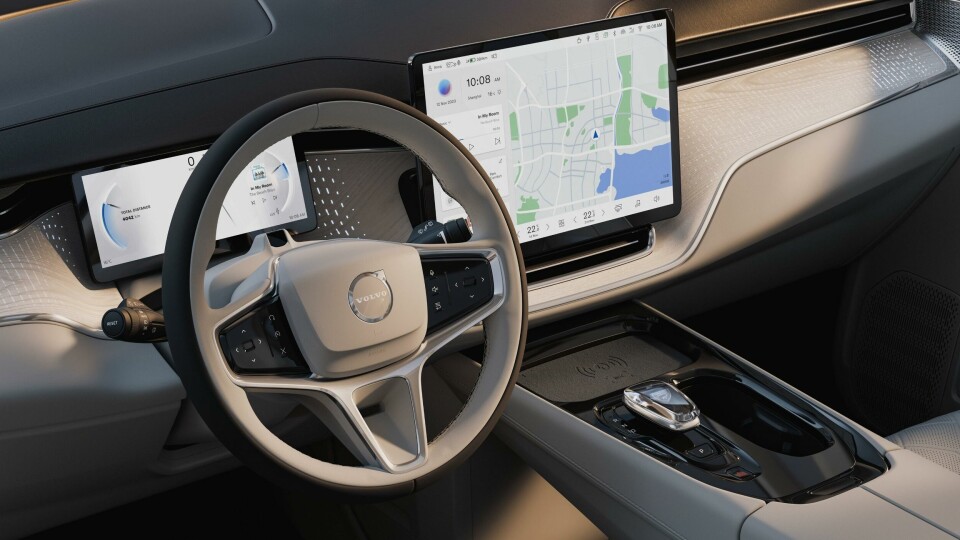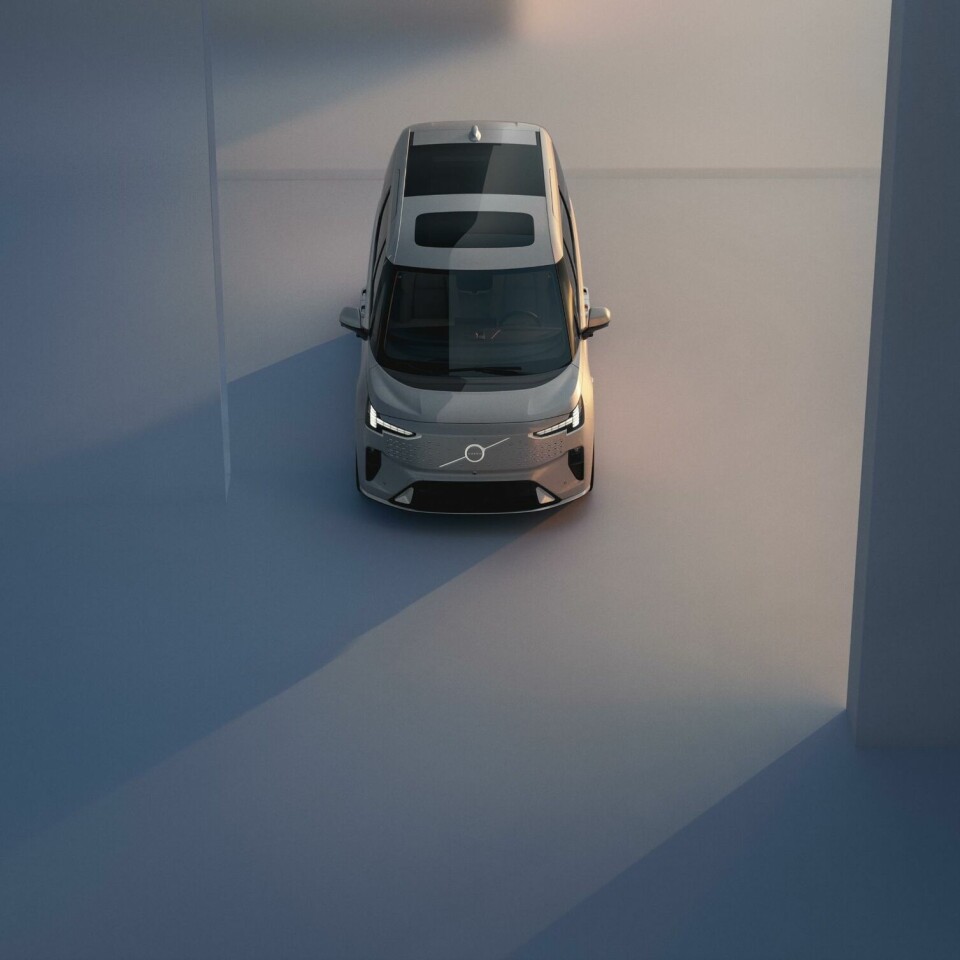
Sophie Li on the EM90: Volvo’s first minivan
Car Design News speaks to Volvo Cars’ APAC head of design, Sophie Li, about the new EM90 MPV
It is not every day that a carmaker which has been around for the best part of a century reaches into completely new territory. With the EM90, Volvo has done just that.
This is the brand’s first MPV but is more than just a new shape with the same face. The design is fresh and brings a new emphasis on exterior lighting (even more so than with the also-new EX30), yet it still feels distinctively Volvo. Revealed in China, not Sweden, the EM90 is an effort to tap into the strong and growing market for MPVs, which by some analysts’ figures grew 15% year-on-year in October.
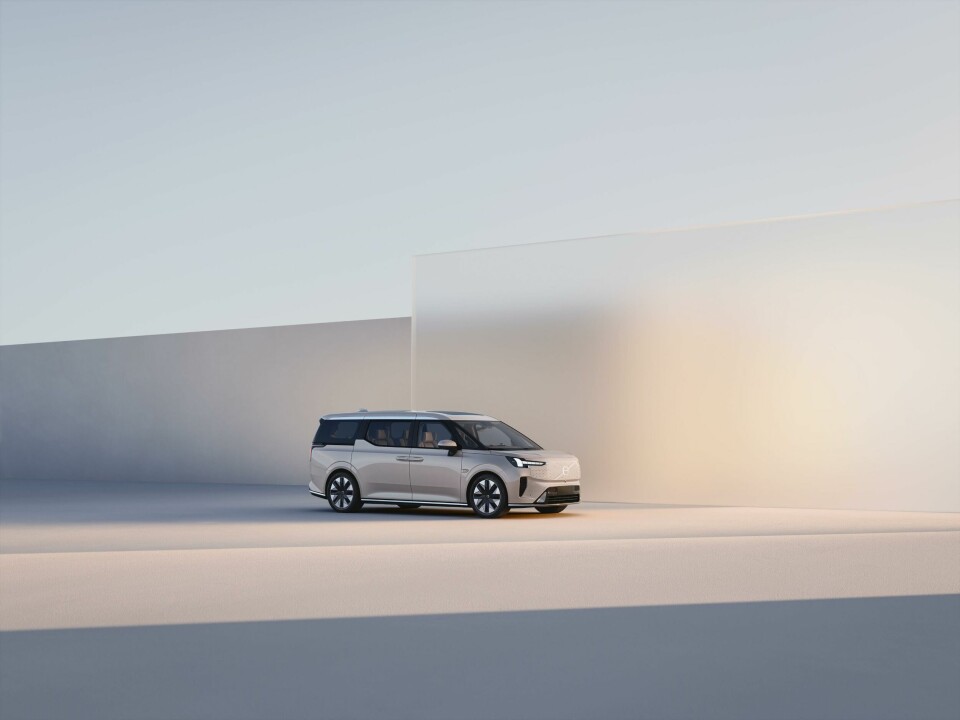
The EM90 is inspired partly by the 1953 Duett (shown below) which celebrates its 70th birthday this year. Versatile, family-oriented and shaped in a way to maximise storage, the Duett had all the trademarks of an MPV but arguably sat more in estate (or wagon) territory. The EM90, by comparison, is very much a conventional MPV with a long wheelbase, an expansive DLO that wraps around the entire top portion of the car, and a squared-off rear end. It could not describe itself as anything other than an MPV.
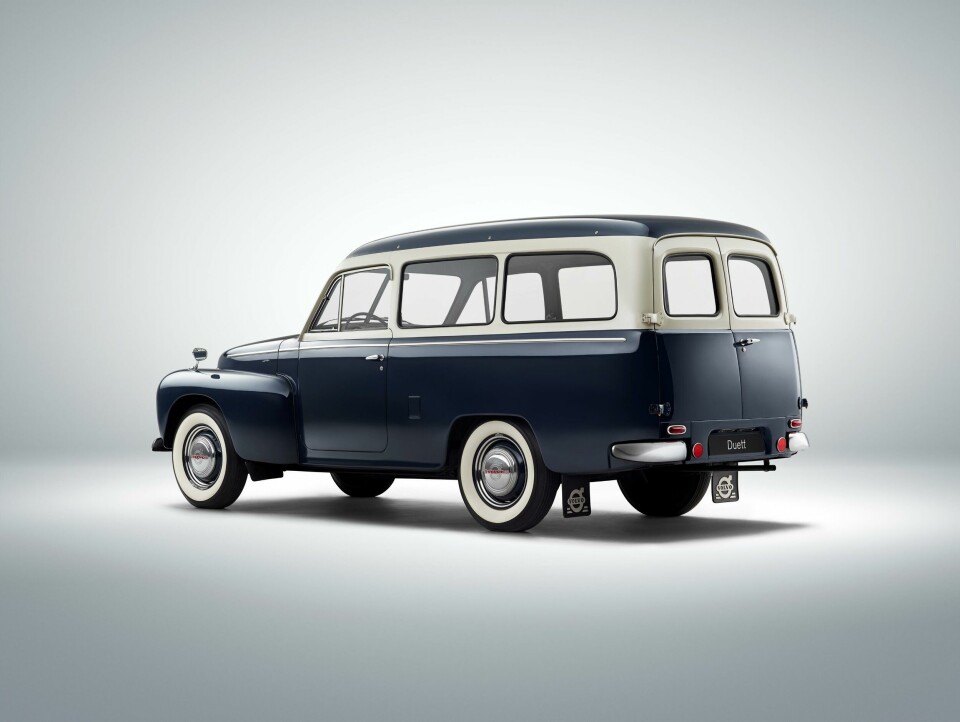
At the front, the cowl drops low beyond the windshield for maximum visibility and the bonnet is exceptionally short – but does not look out of proportion thanks to the short front overhang. “The silhouette is still very much designed with the Volvo principle of “Form follows function,” explains Sophie Li, head of design, APAC at Volvo Cars.
“Adhering to this philosophy, given the absence of an engine, the bonnet is notably shorter compared to other Volvo cars. Conceptualised as a living room on the move, we prioritised ample headroom for the second and third rows. This decision influenced both the height of the vehicle and the somewhat ‘boxy’ rear silhouette.”
![Sophie Li at the Volvo EM90 reveal 320597_Sophie_Li_at_the_Volvo_EM90_Reveal[81]](https://image.cardesignnews.com/452354.webp?imageId=452354&width=960&height=642&format=jpg)
Indeed, the rear overhang is much longer than the front, accentuating the enormous cabin space given to the second and third rows; dual sunroofs have a similar effect. This is a long car that prioritises interior space. It comes as no surprise then to hear that this is where the development story kicked off. “The design process began from the inside out, emphasising the creation of a spacious and premium interior,” explains Li. “The interior and exterior were our primary focus initially, followed by considerations for colour, material and finish.”
But it is the exterior lighting that immediately catches the eye. Those Thor’s Hammer headlights are now immediately recognisable, and have been supplemented by new auxiliary lighting where the grille would usually be; the design is inspired by skyscrapers and immersive art. Li says that the overall idea was to infuse what she describes as “digital premium” into the brand’s iconic Scandinavian design.
The overarching purpose of enhancing the quality of life while on the move remains relevant
“We’ve reimagined it as a harmonious blend of Scandinavian design and state-of-the-art digital technology,” Li explains. “The front of the vehicle, often regarded as its face, now serves as an iconic representation of this fusion. The illuminated grille and iron mark, complemented by the distinctive Thor’s Hammer-shaped headlamps, seamlessly come together to enhance classic Nordic aesthetics.”
Getting it right was not smooth sailing, with Li citing numerous challenges during the development process, including software, illumination design and material and finish considerations. “However, the most significant challenge was achieving the right appearance without overshadowing the overall front design,” she recalls. “But we are pleased with the result; it has become a seamless link between the illuminated logotype and the Thor’s Hammer, greeting you in an elegant yet warm manner.”
The decision to curb power to 200kW and keep 0-62 acceleration to just over eight seconds feels like a master stroke. As odd as this sounds, the industry is past the point where EVs need to assert dominance over ICE-powered cars with ludicrous, neck-bothering performance figures. Almost every contemporary EV will beat its gasoline or diesel competitor off the line, but pushing this to the extreme feels unnecessary for such a car.
The EM90 is for wafting, floating along in comfort, and the torque from that electric powertrain will make it feel plenty quick enough in everyday driving, too. Better to prioritise charging times and range – this is a car that will be driven long distances after all. Numbers will vary depending on the situation, but Volvo offers guidance of up to 738 kilometres of range and a charging time (from 10 to 80%) in less than 30 minutes with the 116kWh battery.
All this feels in line with the original ethos of the Duett some 70 years ago, a car that was not defined by its performance figures but by its experience and utility. “The Duett primarily inspired us at the conceptual level, reflecting on how our initial MPV established a direct connection with the societal values of its time,” concludes Li. “In 1953, people in Sweden had more leisure time to spend quality moments together, and the Duett served dual roles, accommodating both work and leisure activities. While the two vehicles are widely separated in historical context, the overarching purpose of enhancing the quality of life while on the move remains a relevant and enduring aspect.”
The interior of the EM90 is decidedly more luxurious of course, with each passenger seat carefully sculpted with perforated leather, fold-out trays (airline style) and an attractive mix of clean metals and smart surfaces; a digital clock can be found next to the door handle, along with ambient strip lighting that chimes nicely with the dash and, outside, on the front grille. The Bowers and Wilkins stereo system sits well within the cabin, some speakers integrated behind panels and others perched within view.
The driver gets a similar level of luxury, supported by dual digital screens for both the instrument cluster and infotainment. A wireless charging pad sits underneath the central screen, with an additional storage area hidden below the centre console, which sits like a bridge between the armrest and the IP.
Customers in China will be the first to get their hands on the EM90, but we expect it may reach European if not North American shores at some point in the future.
